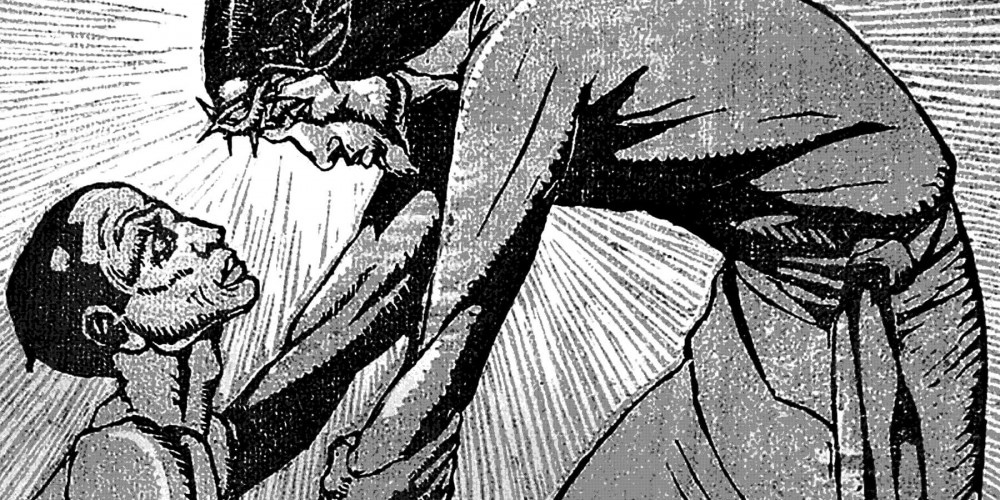KIT Blog
Was leprosy really stigmatised in Jesus' day? - A theological response
-
 The Leprosy Mission Australia
The Leprosy Mission Australia
- Jan 25, 2019
- Uncategorized
By Tim Collison
You may have read, or seen reports about, a recent journal article which questions if people with leprosy were really outcasts in Jesus’ day.
The article is by Ricky Shinall, a surgeon with a PhD in religious studies, and appeared in the latest Journal of Biblical Studies. It is a careful examination of the accounts of leprosy in both the Old Testament and New Testament.
There are two significant points Shinall makes which are worth addressing. His first is that Christian interpreters, including exegetes, preachers, Bible study leaders and Sunday School teachers, overemphasise the stigmatisation people affected by leprosy faced in Jesus’ day. He writes this is often done as a way of “making Jesus look good by contrasting him with a negatively constructed Judaism” (Shinall, 2018).
His second point is that interpreters also overemphasise the stigmatisation of leprosy in the New Testament to “move attention from Jesus as a miracle worker toward Jesus as an advocate for inclusivity. Such interpretation make Jesus relevant in a world that cares deeply about inclusion but that has little room for miracles” (Shinall, 2018).
There are three brief points I wish to make in regards to this:
- Many Christians and others are inspired to help people affected by leprosy because of Jesus’ compassion for people affected by leprosy. Jesus’ actions towards people affected by leprosy demonstrate love and concern. As believers in the Word of God, we can hold to this truth, even while we acknowledge that, historically, some Christian interpreters have slandered Jewish people. Any interpretation of the New Testament which racially abuses Jewish people, or any people, is not consistent with the life and work of Jesus Christ, and as Christians we stand against that.
- As Christians, we hold to the belief Jesus was someone who healed miraculously. A point of significance when Jesus heals the man affected by leprosy is that it is a claim to be God. Exodus 4 and 2 Kings 5 highlight an Old Testament belief that only God has the power to cure leprosy. Jesus’ miraculous healing demonstrates his divinity.
- Shinall’s meticulous examination of how people with leprosy were treated in BCE and CE in the Bible does demonstrate people affected by leprosy were more integrated than interpreters suggest. His reminder that interpreters need to be careful not to over systematise are important (Shinall, 2018).
Shinall, however, views these integrations through a purity lens (Shinall, 2018). This is an important part of religious Jewish life, however, Shinall’s observations would have been strengthened by also looking at these texts with an understanding of the honour/shame culture which was part of life in this time.The story of the blind man in John 9, and the disciples’ response, is a useful example of this. The man is in a state of shame because of his disability, even though he has done nothing to deserve this. While he may be integrated into society in terms of being able to walk through the city and talk to people, he is still excluded.
In the same way, while Shinall’s writing shows people affected by leprosy may have been more integrated within society than previously thought, an understanding of honour/shame culture would suggest that people affected by leprosy still experienced shame, and some level of exclusion. Jesus’ commission in Matthew 10, where he includes healing people affected by leprosy, alongside raising the dead and exorcising demons, as a demonstration the Kingdom of Heaven has come, also suggests leprosy was seen separately to other diseases.
Shinall reminds us to never seek to make Jesus look good by making others look bad. He also encourages us to read the Word of God carefully, examining the biases we all bring. His conclusions are useful, but we can still hold to a Jesus who was compassionate to those who are excluded, including people affected by leprosy.
Tim Collison is The Leprosy Mission Australia’s Engagement Coordinator.













